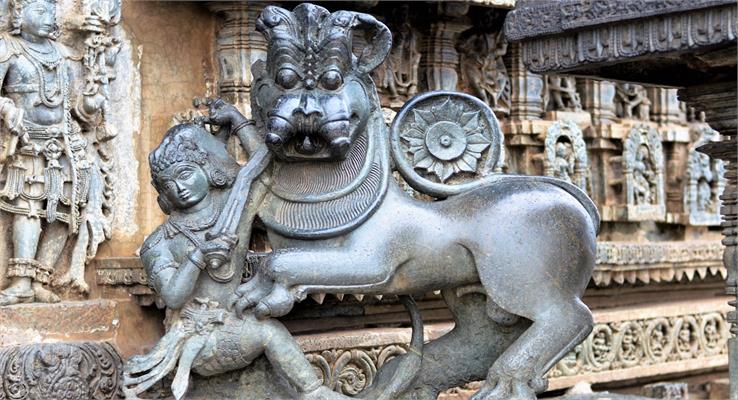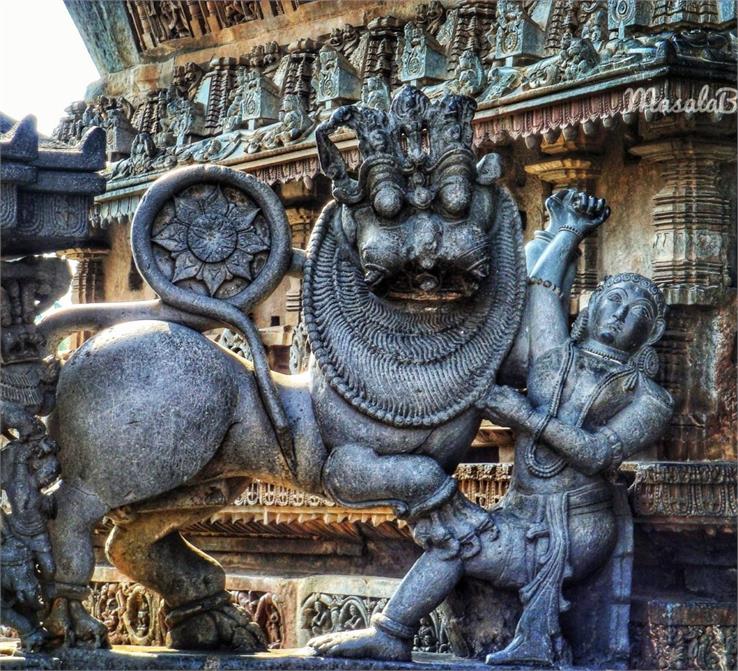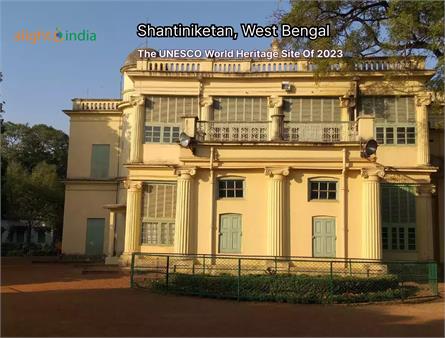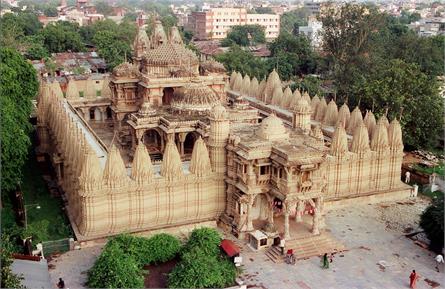Sacred Ensembles of the Hoysalas Temples, Karnataka
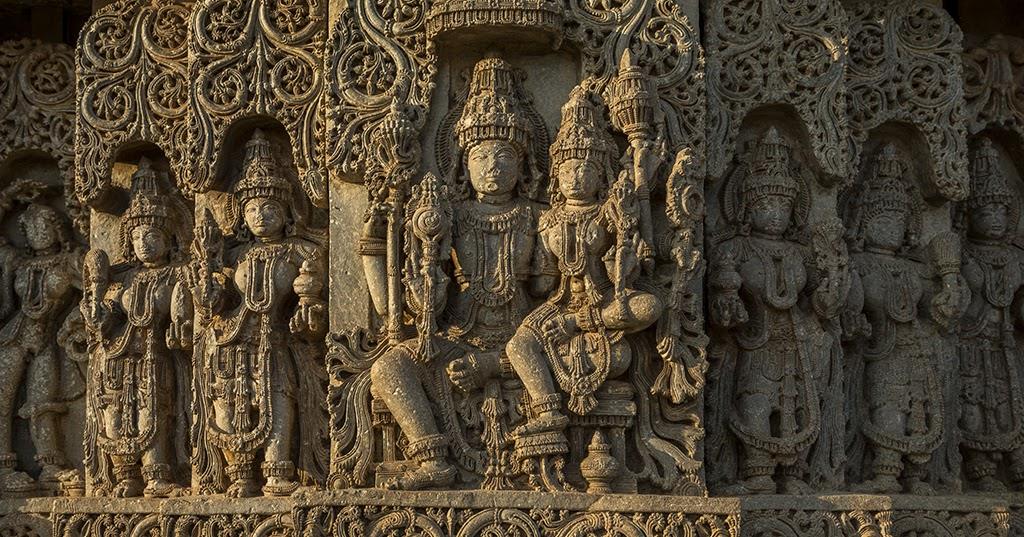
The Hoysala dynasty of South India is known for its rich cultural and architectural heritage, which is still evident in their temples and sculptures. One of the most fascinating aspects of this heritage is the tradition of sacred ensembles, which were an integral part of Hoysala temple architecture. These ensembles were essentially groups of sculptures that were intricately carved and placed in a particular order to represent various deities and mythological stories. This article will explore the significance and uniqueness of the sacred ensembles of the Hoysalas, particularly in Karnataka.
Also Read: UNESCO World Heritage Site Of India
History of Hoysala Dynasty
The Hoysala dynasty reigned over parts of South India from the 11th to 14th centuries. During this time, they constructed several temples and other architectural marvels that still stand today, such as the Chennakesava Temple in Belur, the Hoysaleswara Temple in Halebidu, and the Keshava Temple in Somanathapura. Each of these temples is unique in terms of design, layout, and the intricate carvings on its walls.
Also Read: Hawa Mahal The Place of Winds
Meaning of Hoysalas
The term "Hoysalas" refers to a medieval Indian dynasty that ruled in the Deccan region of southern India, primarily in the modern-day Karnataka state, during the 10th to 14th centuries. The Hoysalas are known for their significant contributions to art and architecture, particularly the intricate and ornate temples they built. The name "Hoysala" possibly derives from the word "Hoysala," which means "Sala's people" or "descendants of Sala," Sala being the legendary founder of the dynasty according to some historical accounts.
Features of the Hoysala Temples
One of the most remarkable features of these temples is the sacred ensembles, which are groups of sculptures that are exquisitely carved and placed in a particular order to depict various deities and mythological stories. These ensembles were designed to convey a particular message or story to those who viewed them. The ensembles were typically placed on the temple walls or in niches and were often accompanied by elaborate carvings of floral and animal motifs that enhanced their beauty.
Also Read: Shantiniketan: UNESCO World Heritage Site of 2023
Significance
The significance of these ensembles lies in their depiction of the Hindu pantheon and mythological stories. The Hoysalas were known for their devotion to Lord Vishnu, and many of their temples feature intricate carvings of his various incarnations such as Narasimha, Krishna, and Rama. The sacred ensembles also depict other deities such as Shiva, Ganesh, and Lakshmi, as well as various mythological scenes such as the Samudra Manthan or the churning of the ocean, the battle between Rama and Ravana, and the story of the ten avatars of Lord Vishnu.
Also Read: Gujarat, the haven of Asiatic lions and the birthplace of the legend
Aspects of Ensembles
One of the most unique aspects of the sacred ensembles is the attention to detail and the skillful use of perspective to create a sense of depth and movement. The sculptures are often arranged in a particular order to depict a sequence of events or tell a story. For instance, in the sacred ensemble of Lord Rama in the Keshava Temple at Somanathapura, the sculptures depict different scenes from the epic Ramayana. The first sculpture shows Rama, Sita, and Laxmana leaving Ayodhya on their exile. The subsequent sculptures show scenes such as Ravana abducting Sita, Hanuman discovering Sita in Lanka, and Rama and his army marching to Lanka to rescue Sita.
Also Read: Buddhist Monuments at Sanchi
Variety of Ensembles
Another unique feature of the Hoysala ensembles is their sheer number and variety. Each temple has multiple sacred ensembles, each depicting a different deity or mythological story. For instance, the Chennakesava Temple in Belur has over 40 such ensembles, while the Hoysaleswara Temple in Halebidu has over 100. Some of the more impressive ensembles include the Samudra Manthan ensemble in the Hoysaleswara Temple, which features over 80 sculptures, and the Vamana Trivikrama ensemble in the Chennakesava Temple, which depicts the three steps taken by Lord Vamana to measure the universe.
Apart from their religious and spiritual significance, the sacred ensembles of the Hoysalas are also important from an artistic and architectural standpoint. They showcase the skilled craftsmanship and attention to detail of the Hoysala artisans, who were known for their ability to carve intricate details in stone. The ensembles also reflect Hoysala’s love of art and their desire to create beautiful and awe-inspiring structures that would stand the test of time.
Also Read: Nalanda Mahavihara The World Heritage Site
In conclusion, the sacred ensembles of the Hoysalas are a testament to the rich cultural and architectural heritage of South India. They are unique in their depiction of the Hindu pantheon and their skillful use of perspective and detail to create a sense of movement and depth. The ensembles are not only significant from a spiritual and religious perspective but also from an artistic and architectural standpoint. Their sheer number and variety are a testament to the Hoysala’s love of art and their desire to create structures that would be remembered for centuries to come.


